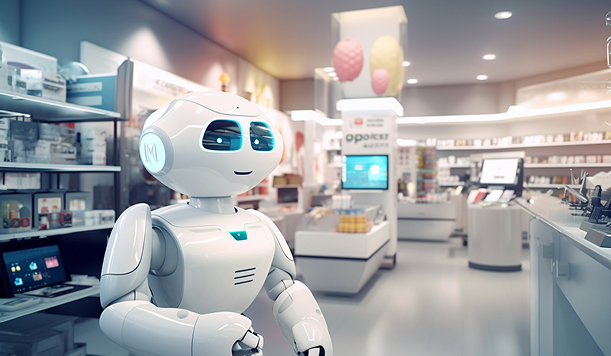Data Migration from ArisG Using XML & Non-E2B Method
Customer Overview A US-based, fast-growing, research-oriented multinational pharmaceutical company with a portfolio of over 100 products distributed globally. The company regularly submits safety cases to global pharmacovigilance (PV) authorities, including the EMA, MHRA, USFDA, and Health Canada. Business Challenge The...

